Death is a door; when it closes, another opens. This line, said by one of the characters in the film, serves a perfect summary for ‘Cloud Atlas’. It tells six stories, all of which explore the themes of life, death, love, flaws, and redemption. In each tale, it serves us a something that makes us think about different things, and in the end, they all come together to paint a different picture, altogether. ‘Cloud Atlas’ is the kind of story where the whole is greater than the sum of its parts. If you haven’t seen the film yet, bookmark this article for later. SPOILERS AHEAD
Plot Summary
‘Cloud Atlas’ begins with a cocktail of scenes, all of which give us a glimpse into six different storylines. Throughout the film, these stories diverge from and converge to each other in a way that helps us understand their interconnectedness. The themes of the 19th century reverberate in the section of the 22nd century, and the recurrence of the same people with differing roles adds more depth to their growth through the ages. While all of this is profound, it can also get a bit confusing. To simplify things for you, here is a gist of the timelines in chronological order.
The Timelines
The Chatham Islands, 1849
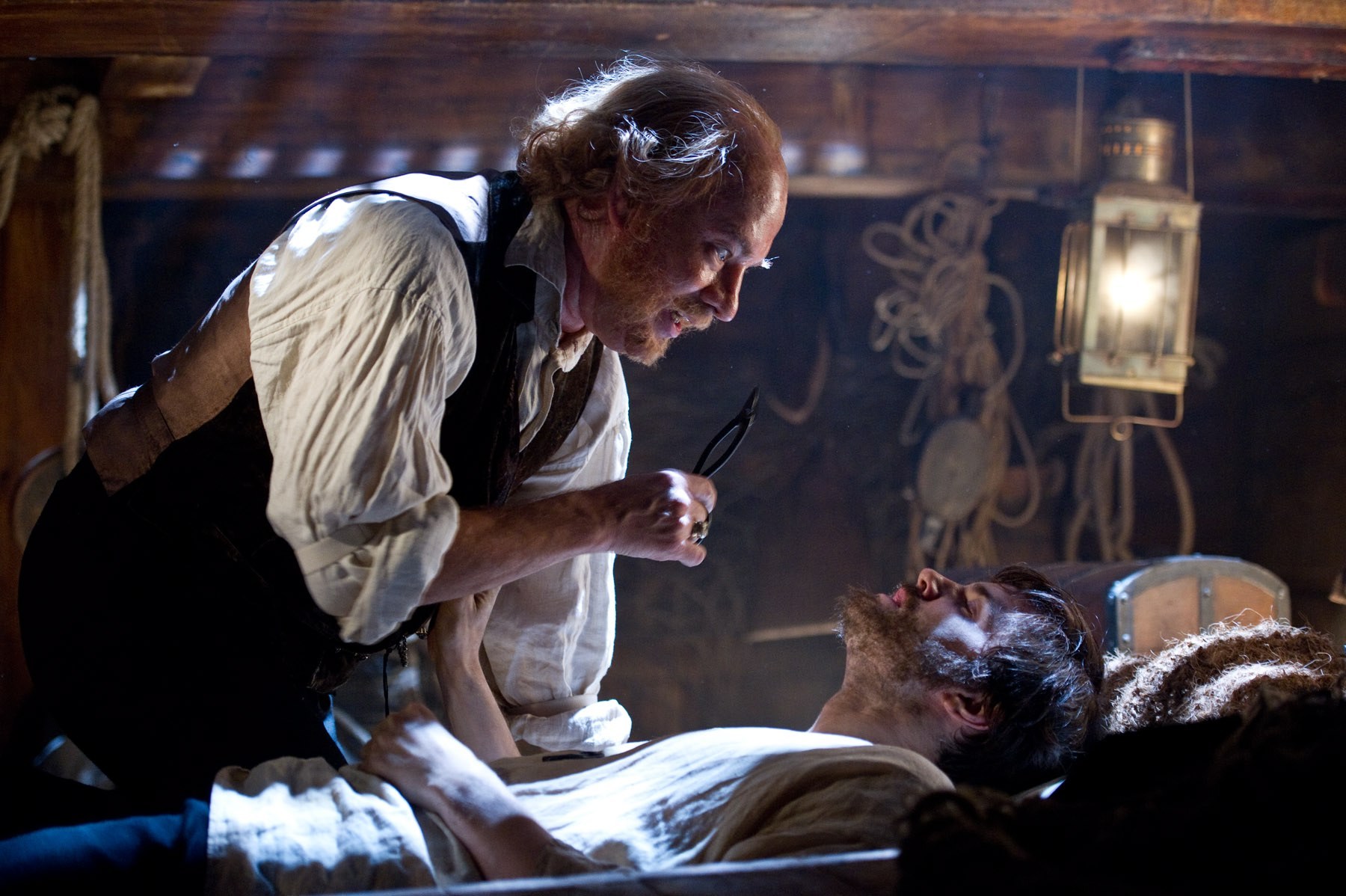
American lawyer Adam Ewing is sent by his father-in-law to draw a deal to trade in slaves on the islands. After witnessing the whipping of Autua, a Moriori slave, Adam falls unconscious. On waking up, he is told by doctor Henry Goose that a tropical parasitic worm has taken hold of his body. On the way back, Adam is quarantined from the rest of the crew, and Goose continues to treat Adam, who also discovers that Autua stowed away on the ship. Instead of giving him over to the captain, Adam helps him to get a place in the crew. In return, Autua saves his life from Goose, who, as it turns out, had been poisoning Adam all along and robbing him of his valuables. Adam returns home to his beloved Tilda and renounces his father-in-law to join the abolition movement.
England, 1936
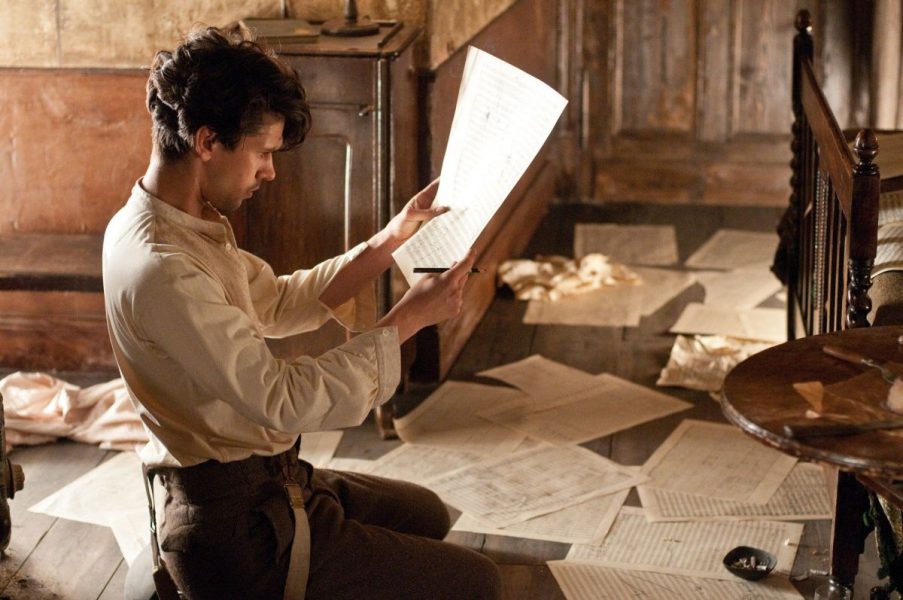
The story shifts focus to Robert Frobisher, a young musician, who works as an amanuensis for a famous but ageing composer, Vyvyan Ayrs. In helping him create his final masterpiece, Robert also wants to create something of his own. All the while, he writes letters to his lover, Rufus Sixsmith, and reads Adam Ewing’s journal. Finally, he creates his masterpiece, ‘The Cloud Atlas Sextet’. When Ayrs listens to it, he demands credit, and threatens to expose Robert’s sexual affiliations, should he refuse to do so. In his attempt to run away, Robert shoots Ayrs but doesn’t kill him. Now a fugitive on the run, he hides in a hotel, where he completes the sextet and then, shoots himself, just before Rufus arrives.
San Francisco, 1973
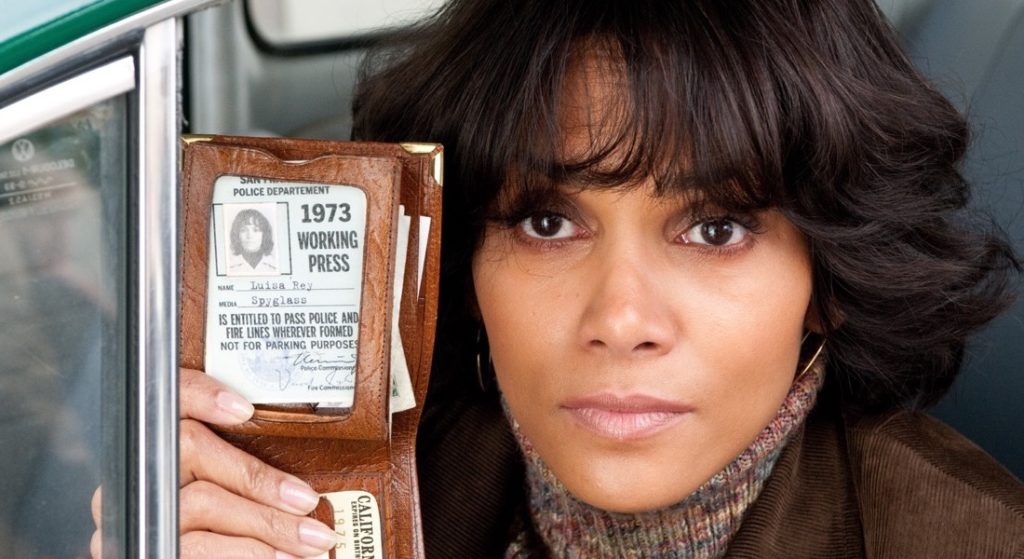
Luisa Rey is a journalist who meets Sixsmith, now old and a nuclear physicist. He tries to tip her off about the nuclear reactor run by Lloyd Hooks but is killed by a hitman before that. She discovers his letters, which leads her to the Cloud Atlas Sextet. To dig into the story, she visits the nuclear reactor, where she meets Issac Sachs, a scientist who gives her a copy of the report Sixsmith had tried to give her.
Soon after, Issac is killed in a plane crash, while Luisa barely escapes an attempt at killing her. She receives help from Joe Napier, the head of security at the nuclear plant and an old friend of her father. They try to lure out the hitman, who is eventually killed by someone else. Luisa receives a copy of the report from Sixsmith’s niece and gives her his letters. Her report exposes the conspiracy led by Hooks, in which the oil companies wanted to create a nuclear disaster which would lead to a profit jump for them.
London, 2012
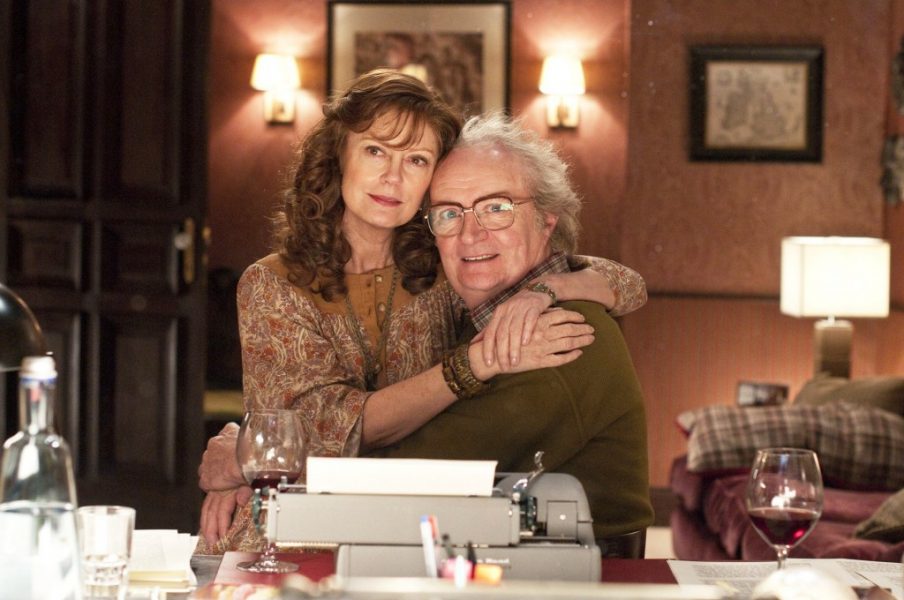
Timothy Cavendish publishes gangster Dermot Hoggins’ book, which turns out to be a critical failure. At a party, Hoggins throws his worst critic off the balcony, which leads to an incredible boost in his sales. With all the money pouring in, Cavendish spends a lot but forgets to give Hoggins his due. On being threatened by him, Cavendish runs away and reads the manuscript of a book based on Luisa Rey’s story. He asks for help from his brother, who advises him to hide in Aurora House, which turns out to be a nursing home. It is his brother’s trick to make him pay for sleeping with his wife, Georgette. Stuck in the place, with an abusive staff, he finally makes a plan to run away with three other residents. Eventually, he ends up with the woman he had fallen in love with when they were young and writes a book about his experience.
Neo Seoul, 2144
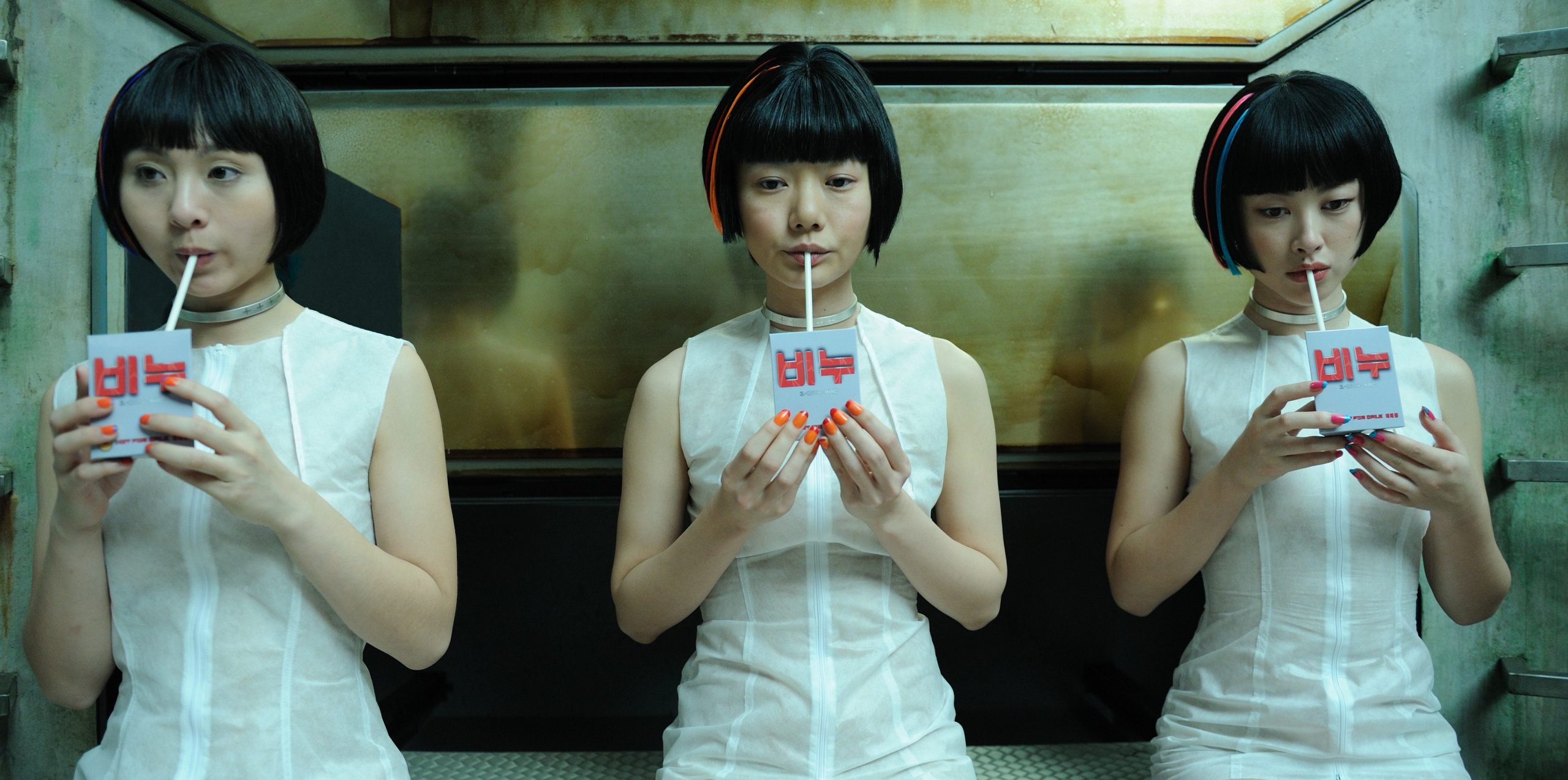
Sonmi-451 is a fabricant who works at a fast-food chain in a dystopian world. Another fabricant, Yoona-939, opens her to the idea of rebellion by showing her a clip from a movie about Cavendish’s life. After Yoona tries to run away and is killed, Sonmi is rescued by Hae-Joo Chang. He introduces her to the rebellion and convinces her to become the face of the movement. He also shows her that the fabricants who are supposed to be exalted are actually killed and recycled as food for other fabricants. While recording her message to the world about the truth of the totalitarian regime, Hae-Joo and other rebellions are killed, while Sonmi is arrested. She is interrogated by an Archivist, who becomes sympathetic to her, but cannot stop her from being executed.
Post-apocalyptic Earth, 2321
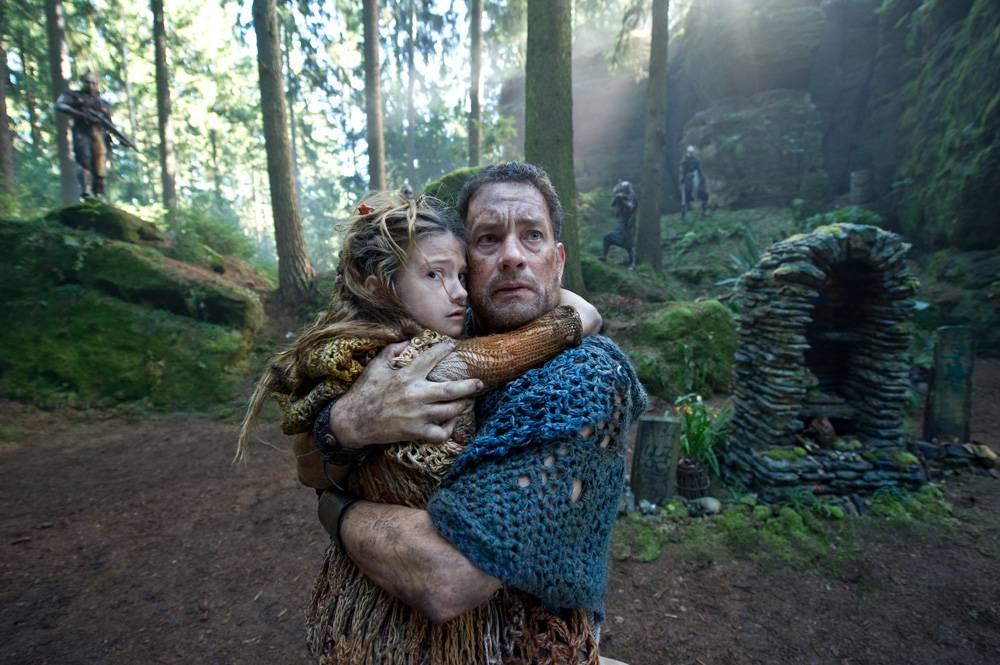
After an unknown disaster destroys the world, some of the survivors return to the hunter-gatherer way of life. Zachry lives with his tribe, who live by the code of Sonmi. They are threatened by a cannibalistic tribe, while Zachry is haunted by an evil entity called Old Georgie. A Prescient, Meronym, visits his village and expresses her intention to go to the top of a mountain called Mauna Sol to send an SOS to the humans who had escaped before. When all of his people are killed by the cannibals, Zachry and his niece run away with Meronym and join her on the Prescient ship, which eventually leaves the Earth and settles on another planet.
The Comet-Shaped Birthmark
Apart from the recurrence of the same cast in all the six stories, there is another thing that has a prominent presence in the film. All the central characters have the same birthmark. The comet-shaped birthmark appears on Adam’s chest, Robert’s lower back, Luisa’s shoulder, Cavendish’s leg, Sonmi’s neck, and Zachry’s head. In the final scene, the galaxy in the sky is also in the same shape and we see a comet flyby just before the scene cuts to black. What is its importance in the story?

One of the main themes of ‘Cloud Atlas’ is recurrence. It is hinted at several times in the film. Same people, albeit in different races and gender, appear in all the stories. Adam and Luisa reappear as Hae-Joo and Sonmi- falling in love and fighting an oppressive system that deals in slaves, both times. The unfinished love story of Luisa and Issac recurs in the timeline of Zachry and Meronym. Both Robert and Rufus die by a gunshot wound through the head. All six stories have the central character fighting one or the other form of injustice. Events and people in the film come around in each cycle, just like a comet recurs after a set number of years. The cyclical nature of life, love, and death is one of the most important themes of the film, and what better to represent this phenomenon than a comet.
The birthmark also creates a continuity between the stories, which also points towards the theme of reincarnation. You can interpret all characters as the rebirth of the same person who grows through each cycle. We start with Adam, a person who learns the lesson of equality and decides to fight for others. In his next life, he appears as Robert. This time, he is subject to prejudice and has to fight for himself.
In the next life, he appears as Luisa, who musters the courage to do whatever it takes to fight for what’s right. In the next version, as Cavendish, we see the person maturing into someone ready to take on the authorities, no matter how intimidating they might be. As Sonmi, the person finally stands up against an entire regime and sows the seeds that eventually lead to its fall. In the final round, the person leaves behind the world that is beyond saving and starts a new life in some other part of the universe.
While we see a running thread between the stories, it is also beyond doubt that the connection is not quite as smooth. In another interpretation, we could see the presence of a birthmark on the character as a sign of them reaching the point where they break away from their inhibitions and fallacies and become the best version of themselves. The first mark appears on Adam, who accepts his shortcomings in the same lifetime and fights for what is right.
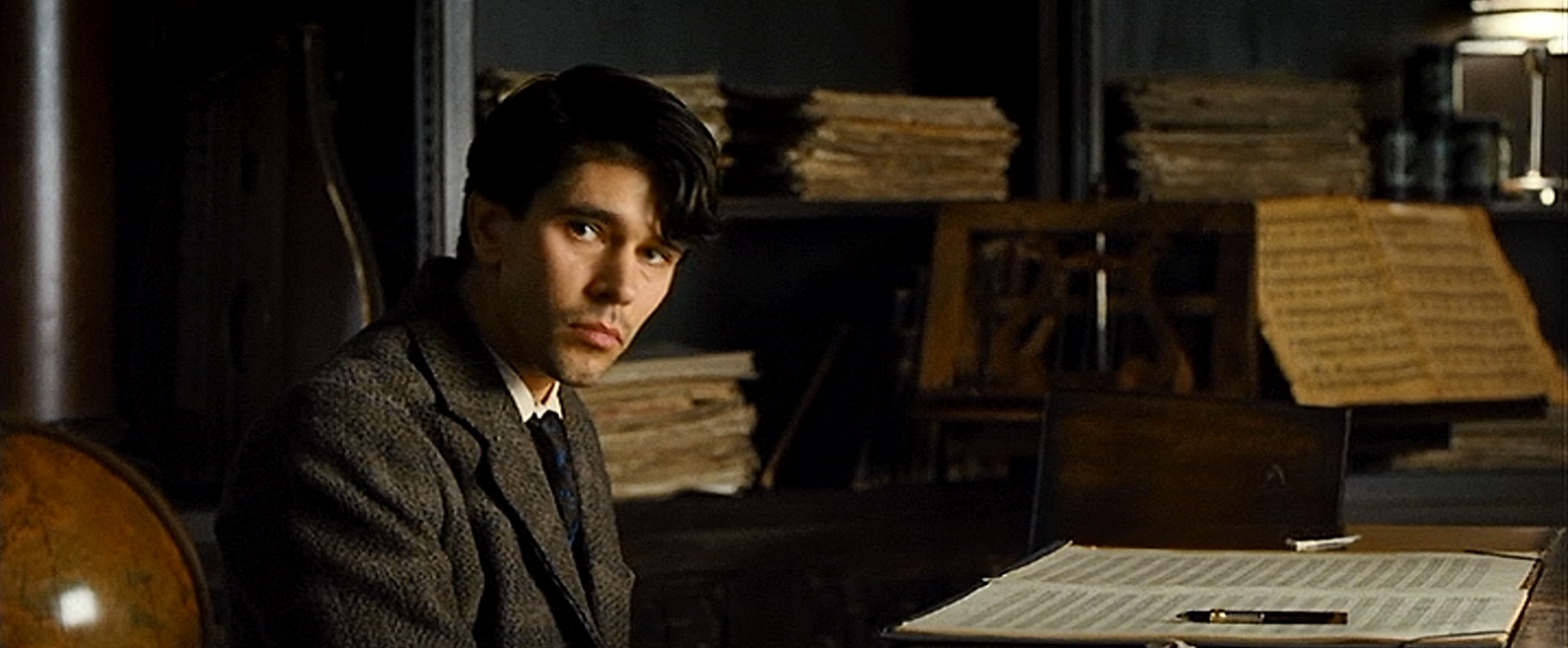
The second time, it appears on Robert, a man who has to fight against the prejudice of his bisexuality, as compared to a cabin boy on the ship following orders. Luisa’s character goes through a transformation of her own. In 1849, she appears as a woman shackled by slavery, and in 1936, she appears as the wife of Ayrs, caught in a marriage where she doesn’t have any say on any matter. As Luisa, she speaks for herself, fights for herself, and also, saves the world from a catastrophe. At the end of the film, her character, Meronym, also saves Zachry and the Prescients.
The presence of the scar on Timothy Cavendish is proof of his character growth. In 1849, he is a prejudiced sailor who almost kills Autua. In 1936, he is a bitter composer who tries to steal the work of someone else, leading to their death. As Cavendish, he is still a flawed character, but he learns from his mistakes, pays for them, and then fights against the abusive staff to save three other people.
The scar on Sonmi highlights the character arc of Doona Bae’s character. As Adam’s wife, she learns to speak out against her father. In 1973, she appears as a Mexican woman who kills the hitman who kills her dog. Eventually, she becomes a person who brings down an entire regime. At last, the birthmark on Zachry is a testament to his growth from a murderous and greedy doctor to a man who succeeds in suppressing his evilest urges. The buttons that he had stolen from Adam in the first story also appear in the final one, where Zachry wears them as a necklace. In the fight with the Kona, the buttons break off from his neck which also coincides with the disappearance of Old Georgie, serving as proof for his change.
While we see a growth in all these characters, we also see a steep fall for the villains. Hugh Grant’s character becomes worse with every cycle, eventually turning into a cannibal. The worst happens with Hugo Weaving’s character who was vile, to begin with, and falls so hard that eventually, he reduces to a monstrous hallucination in someone’s head.
The Ending
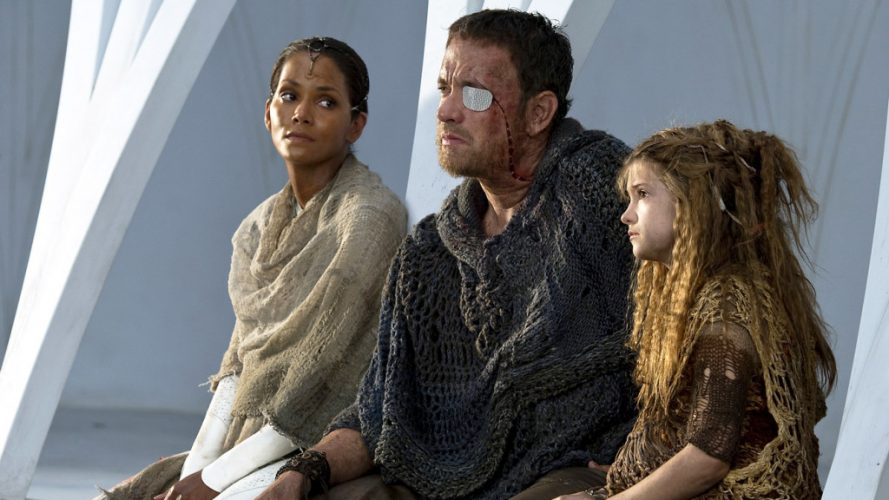
After Meronym saves Catkin, Zachry helps her get to the top of the mountain and avail the facility to send a signal for help to the others. She also tells him the truth about Sonmi, that she is not the goddess they revered. He fights the constant whisperings of Old Georgie, who urges him to kill Meronym.
On returning home, Zachry discovers that all his people have been killed by the Kona tribe. Despite the warning of Abbess, he slits the throat of the sleeping Kona Chief, which leads to more of his people pursuing him and Catkin. Just as they are about to be killed, Meronym saves them. They kill all the Konas and run away to the Prescient ship.
The signal that Meronym sends out in the universe is eventually picked up by the others. The Prescients, along with Zachry and Catkin, go to another planet where they settle down in a more peaceful life. Zachry and Meronym get married, and he looks back at his time on Earth and recounts the story of how he met Meronym to his grandchildren.
Read More: Best Philosophical Movies Ever Made

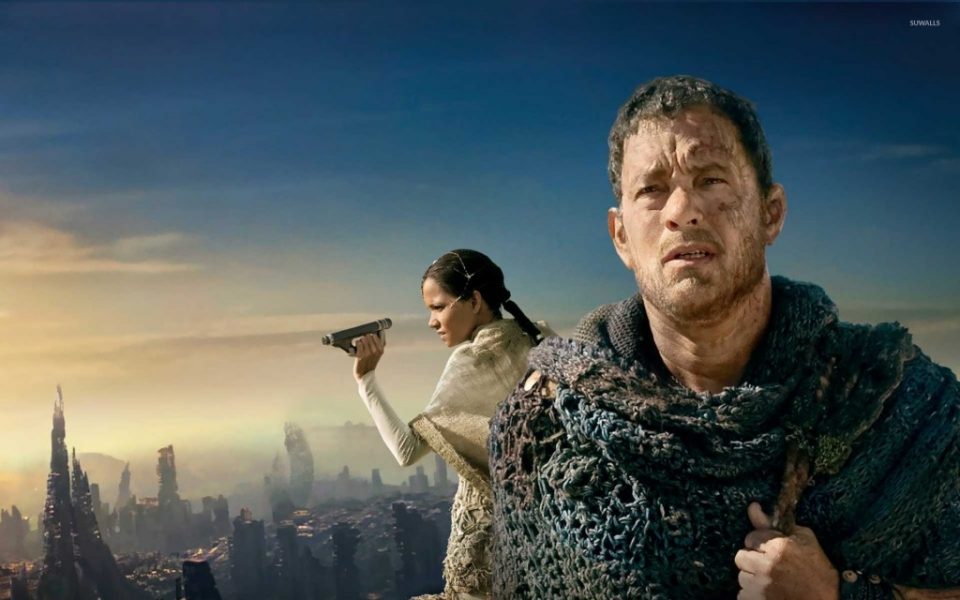
You must be logged in to post a comment.